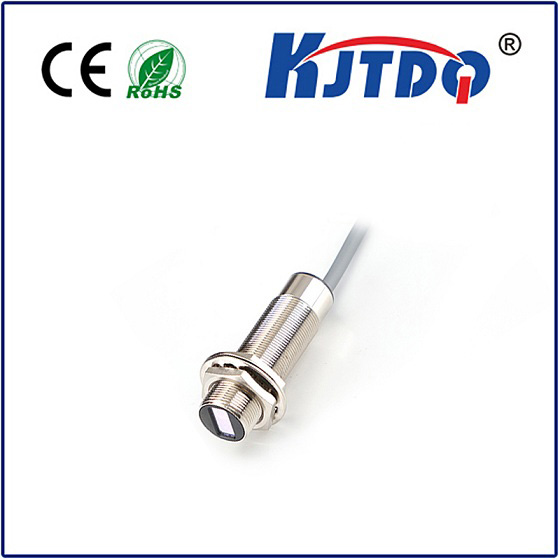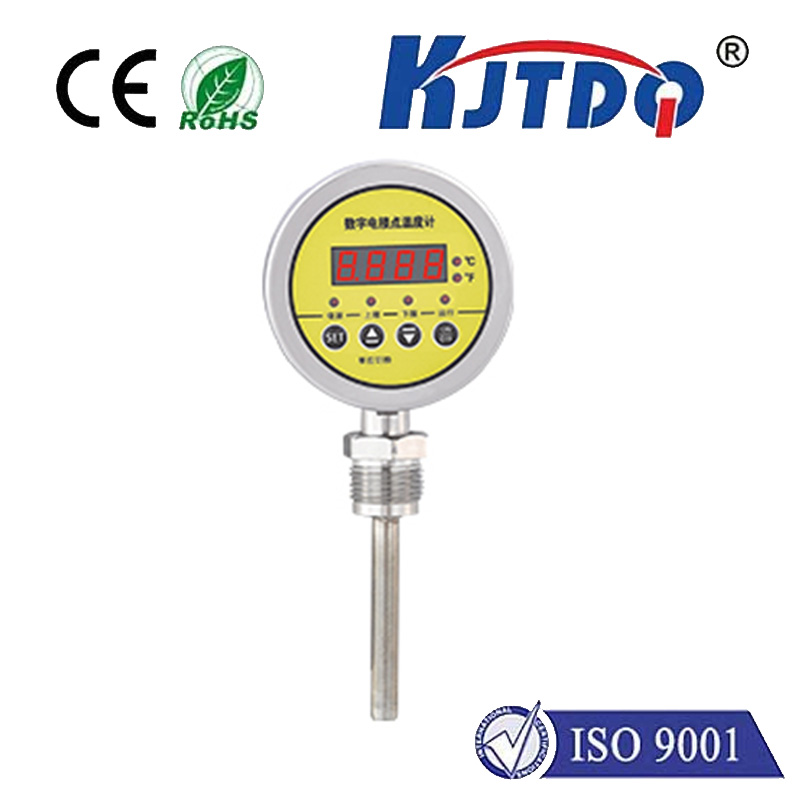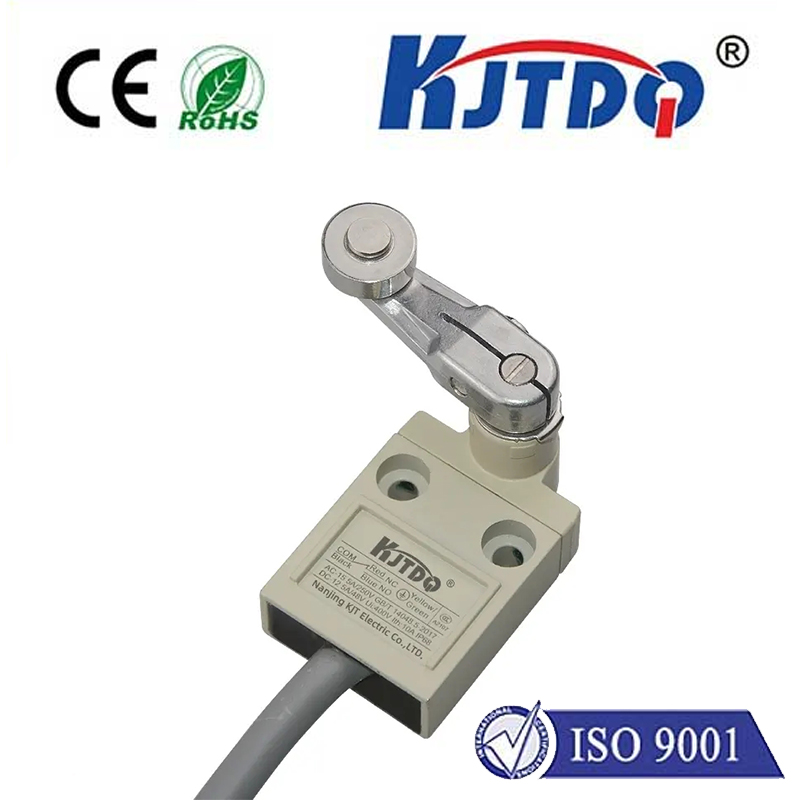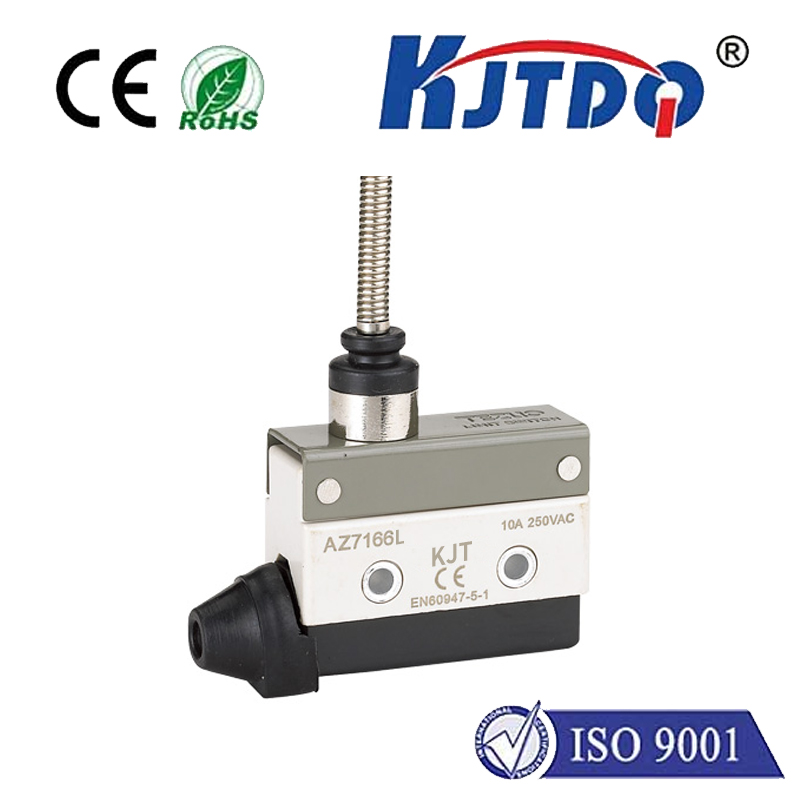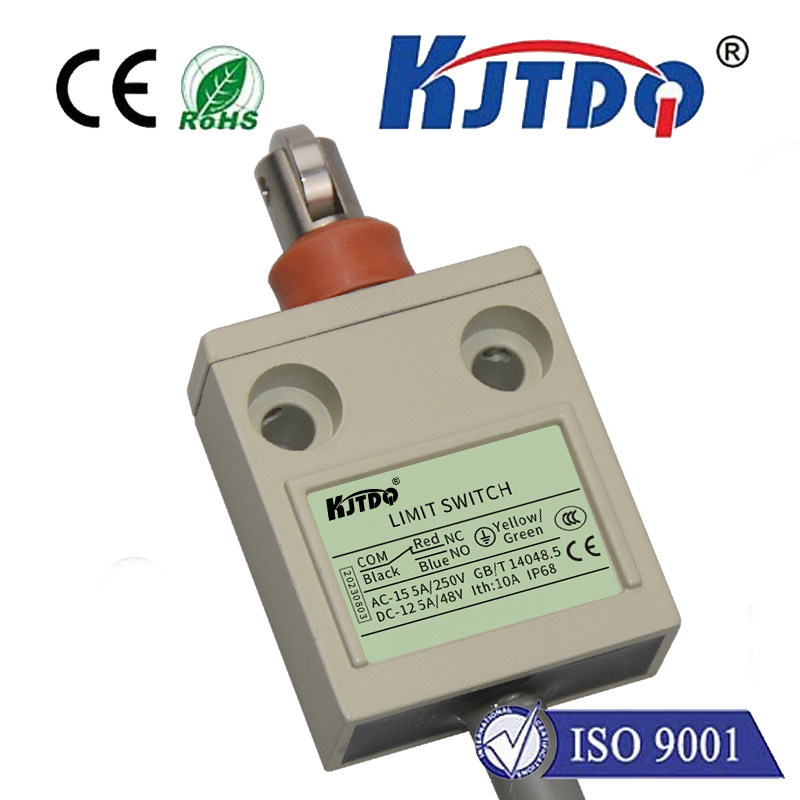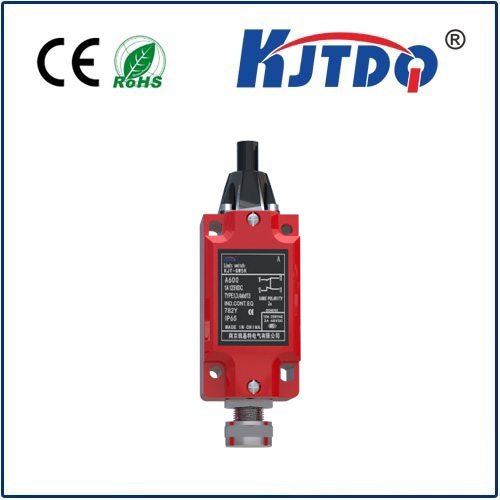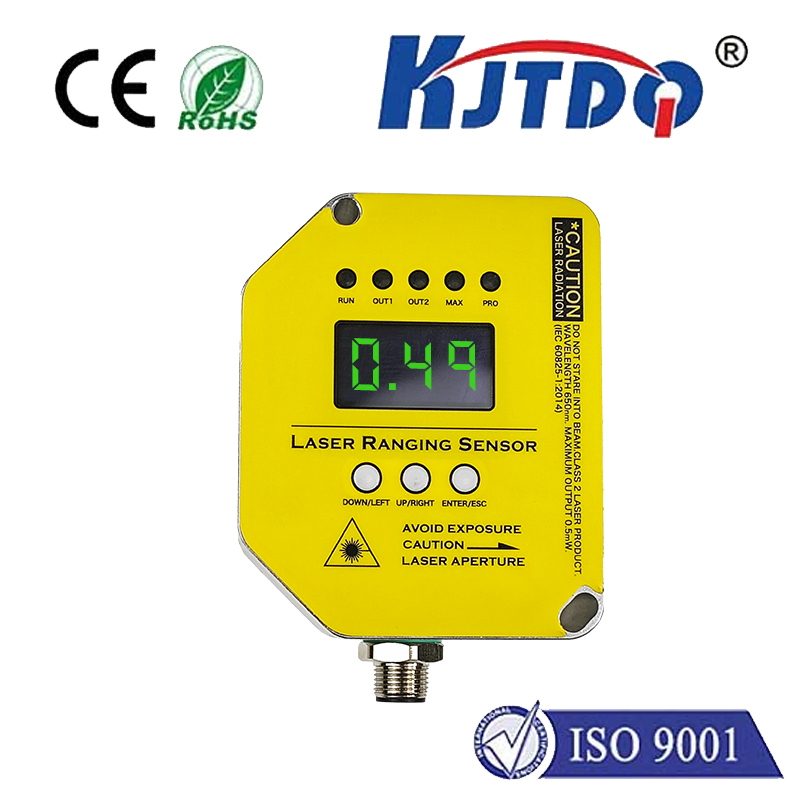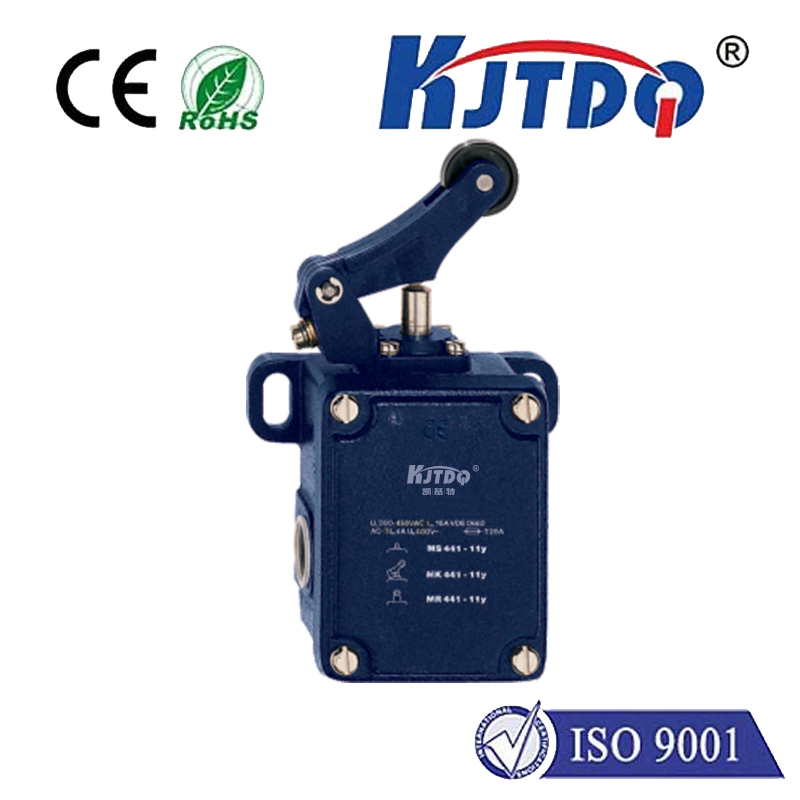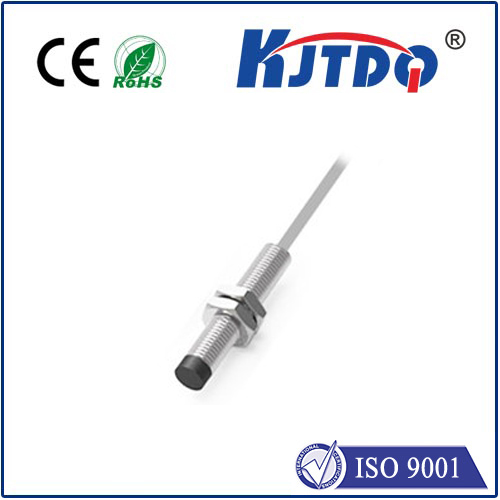BES02H7 high pressure proximity sensor
- time:2025-09-29 19:26:21
- Click:0
BES02H7 High Pressure Proximity Sensor: Unwavering Detection in Demanding Environments
Imagine a critical hydraulic press cycling thousands of tons of force. Deep within a subsea drilling assembly facing crushing pressures. Or inside a high-pressure washdown system where reliability is non-negotiable. In these punishing scenarios, standard sensors falter. What you need is unwavering precision engineered to withstand the squeeze: the BES02H7 High Pressure Proximity Sensor. This robust device represents a pinnacle of sensing technology, specifically designed to deliver dependable object detection where extreme pressure isn’t just a possibility – it’s a constant operational reality.
Proximity sensors are the silent sentinels of industrial automation, detecting the presence or absence of metallic objects without physical contact. While countless variants exist, the BES02H7 distinguishes itself through its exceptional resilience against high pressure. This capability transcends a mere feature; it’s a fundamental requirement for countless mission-critical applications where standard sensors would quickly deform, leak, or catastrophically fail, leading to costly downtime, safety hazards, or compromised product quality. Understanding the unique strengths of the BES02H7 is crucial for engineers and system designers operating at the edge of tolerance.
The Core Challenge: Pressure’s Relentless Grip
Ordinary inductive proximity sensors house sensitive electronics within a threaded metal body. When deployed in environments like high-pressure hydraulics, injection molding machines, deep-sea equipment, or compressed air systems, immense external forces act upon this housing. Standard sensor designs can suffer from several pressure-induced failures:
- Housing Deformation: The sensor body can distort under extreme pressure, altering its sensing characteristics or physically jamming internal components.
- Seal Failure: Critical seals preventing ingress of fluid or contaminants can be breached, leading to internal damage and sensor malfunction.
- Internal Component Stress: The sensitive electronics and coil assembly can be physically damaged or experience shifting calibration due to pressure transference through the housing.
These failures translate directly into unreliable machine operation, unplanned maintenance stops, and potential safety risks. The BES02H7 is engineered from the ground up to defy these pressures.

Engineering Resilience: What Makes the BES02H7 Stand Out
The high pressure proximity sensor designation for the BES02H7 isn’t marketing hyperbole; it’s backed by specific design and material choices:
- Robust Housing Construction: Utilizing high-strength stainless steel (often 316L grade) and potentially reinforced designs, the sensor body is built to resist permanent deformation even under sustained high external loads. This ensures the sensing face geometry and internal clearances remain stable.
- Advanced Sealing Technology: Multiple high-integrity seals, often employing specialized elastomers or metallic sealing techniques, create a formidable barrier. This maintains critical IP68 or IP69K ingress protection ratings (keeping out dust and high-pressure water jets) while simultaneously withstanding significant external pressure attempting to force contaminants in or displace seals.
- Optimized Internal Design: Component placement, potting compounds (if used), and internal mechanical design are carefully considered to minimize stress concentrations on sensitive parts and prevent internal movement under pressure fluctuations.
- Pressure-Resistant Electronics: The sensing electronics are selected or configured to maintain stable operation despite potential minor pressure transients that might penetrate the housing, ensuring signal integrity.
Where the BES02H7 Becomes Indispensable
The BES02H7 high pressure proximity sensor isn’t a niche product; it’s essential in numerous demanding sectors:
- Hydraulic Systems: Monitoring cylinder end positions, valve spools, or confirming component presence within manifolds experiencing operating pressures exceeding 300, 400 bar, or more.
- High-Pressure Die Casting & Injection Molding: Detecting mold clamping positions, ejector pins, or core pulls amidst intense hydraulic forces and potential flying debris.
- Oil & Gas (Subsea/Drilling): Providing position feedback on actuators, valves, and blowout preventers (BOPs) operating thousands of feet underwater under extreme hydrostatic pressure.
- High-Pressure Cleaning & Waterjet Cutting: Controlling components within machines using ultra-high-pressure water streams, where sensors face intense spray forces.
- Compressed Air Systems (High Pressure): Monitoring valve positions or component status in systems operating at pressures far exceeding standard pneumatic levels.
- Test & Measurement Rigs: Enduring the extreme pressures generated within specialized testing chambers for materials, seals, or components.
Beyond Pressure: Core Benefits of the High Pressure Proximity Sensor
While pressure resistance is the defining trait, the BES02H7 delivers the core advantages expected from a premium inductive proximity sensor:
- Non-Contact Operation: Eliminates mechanical wear, ensuring long service life.
- High Switching Frequency: Capable of detecting rapidly moving targets.
- Reliable Detection: Consistent performance for metallic objects irrespective of surface color, texture, or dust/dirt (within operating specs).
- IO-Link Capability (Often Available): Enables advanced diagnostics, parameter setting, and integration into Industry 4.0 architectures for predictive maintenance and process optimization. This feature significantly enhances value in complex setups.
- Diverse Mounting & Output Options: Typically available in industry-standard M8, M12, M18, or M30 threaded barrels, with PNP, NPN, NO, or NC outputs to suit various control systems.
Implementing for Success: Best Practices with High Pressure Sensors
Maximizing the performance and lifespan of your BES02H7 requires thoughtful installation:
- Verify Pressure Ratings: Meticulously check the sensor’s datasheet for its Maximum Operating Pressure rating and ensure it exceeds your application’s peak pressure, including potential surges or water hammer effects. Never assume a generic rating.
- Respect the Pressure Direction: Understand if the sensor is rated for pressure from all directions or if there are limitations (e.g., radial pressure only). Install accordingly. Improper orientation can compromise performance.
- Ensure Correct Sealing: Utilize appropriate seals (O-rings, washers) compatible with the operating fluid and pressure. Ensure mating surfaces are clean, undamaged, and tightened to the specified torque – overtightening can be as detrimental as undertightening.
- Mind the Sensing Face: While robust, the active sensing face remains crucial. Protect it from physical impact or excessive buildup of non-metallic material that could dampen the sensing field.
- Consider Temperature: High-pressure environments often coincide with high temperatures. Verify the sensor’s operating temperature range aligns with your application.
The Uncompromising Choice for Critical Detection under Pressure
In environments where pressure is the defining challenge, standard sensors are a liability. The BES02H7 High Pressure Proximity Sensor stands as a specialized solution, engineered to deliver the reliable, contactless detection essential for modern automation within the most extreme hydraulic, underwater, or process applications. Its robust construction, advanced sealing, and proven electronics make it the cornerstone for ensuring machine safety, operational continuity, and process integrity where failure is not an option. For system designers and maintenance engineers facing the relentless forces of high pressure, selecting a sensor explicitly designed and rated for the task, like the BES02H7, isn’t just a technical decision; it’s an investment in unwavering performance and operational resilience.






